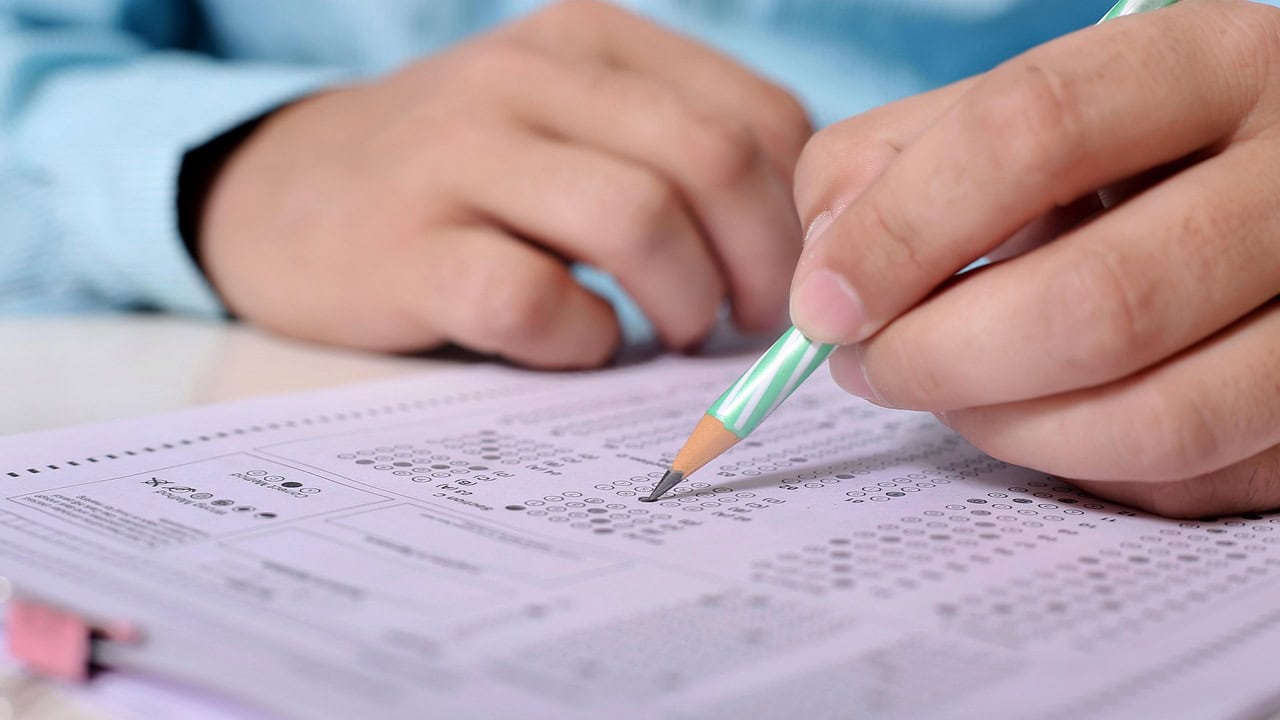Standardized Testing Debates in Education explored

Standardized testing has long been a cornerstone of the educational landscape, serving as both a tool for assessment and a lightning rod for debate. From the SAT and ACT in the United States to the GCSEs in the United Kingdom, these tests are designed to provide a uniform measure of student performance. Yet, their efficacy and fairness remain subjects of intense scrutiny and discussion.
The Purpose of Standardized Testing
Standardized tests are designed to evaluate students’ academic abilities in a consistent manner. They aim to provide an objective measure of student performance, enabling comparisons across different schools and districts.
Proponents argue that standardized tests are essential for holding schools accountable and ensuring that students receive a quality education. By providing data-driven insights, these tests can help identify areas of improvement and allocate resources more effectively.
Moreover, standardized tests are often used as a criterion for college admissions, scholarships, and other academic opportunities. They can serve as a benchmark for educational achievement, helping to ensure that all students are assessed by the same standards regardless of their background or location.
The Criticisms of Standardized Testing
Despite their widespread use, standardized tests have been criticized on several fronts. Critics argue that these tests offer a limited view of a student’s abilities, focusing narrowly on rote memorization and test-taking skills rather than critical thinking and creativity.
This can lead to a “teaching to the test” mentality, where educators prioritize test preparation over more holistic and engaging learning experiences.
Furthermore, standardized tests have been criticized for perpetuating educational inequities. Students from disadvantaged backgrounds may not have access to the same resources and preparation opportunities as their more affluent peers, leading to disparities in test scores.
This can reinforce existing social inequalities and limit opportunities for students who may otherwise excel in a more equitable educational environment.
The Impact on Students and Educators
The pressures of standardized testing can have significant impacts on both students and educators. For students, high-stakes testing can lead to increased stress and anxiety, affecting their overall well-being and academic performance.
The focus on test scores can also undermine students’ intrinsic motivation to learn, reducing education to a series of hurdles to overcome rather than a journey of discovery.
Educators, too, are affected by the emphasis on standardized testing. Teachers may feel constrained by the need to adhere to rigid curricula and prepare students for tests, limiting their ability to pursue innovative and personalized teaching methods.
This can diminish job satisfaction and contribute to burnout, ultimately impacting the quality of education provided.
Exploring Alternatives
Given the criticisms of standardized testing, educators and policymakers are increasingly exploring alternative assessment methods. One such approach is formative assessment, which involves ongoing evaluation of student learning through diverse methods such as projects, presentations, and portfolios.
This allows for a more holistic view of student abilities and encourages the development of a broader range of skills.
Another alternative is performance-based assessment, where students demonstrate their knowledge and skills through real-world tasks and challenges. This can provide a more authentic measure of student learning and better prepare students for the demands of the modern workforce.
The Role of Technology
Technology has the potential to transform the assessment landscape, providing new tools and platforms for evaluating student learning. Adaptive learning technologies can tailor assessments to individual students’ needs, offering a more personalized and accurate measure of their abilities.
Additionally, digital portfolios and e-assessments can provide rich, multidimensional insights into student learning, capturing a broader range of skills and competencies.
Conclusion
The debate over standardized testing is complex and multifaceted, reflecting broader questions about the purpose and values of education. While standardized tests offer a convenient and consistent means of assessment, they are not without their limitations and drawbacks.
As we move forward, it is crucial to consider how we can create a more equitable and effective education system that truly values and nurtures the diverse talents and potential of all students.
By embracing alternative assessment methods and leveraging the power of technology, we can move towards a more inclusive and dynamic educational landscape. This will require ongoing dialogue and collaboration among educators, policymakers, and communities to ensure that all students have the opportunity to thrive and succeed.






